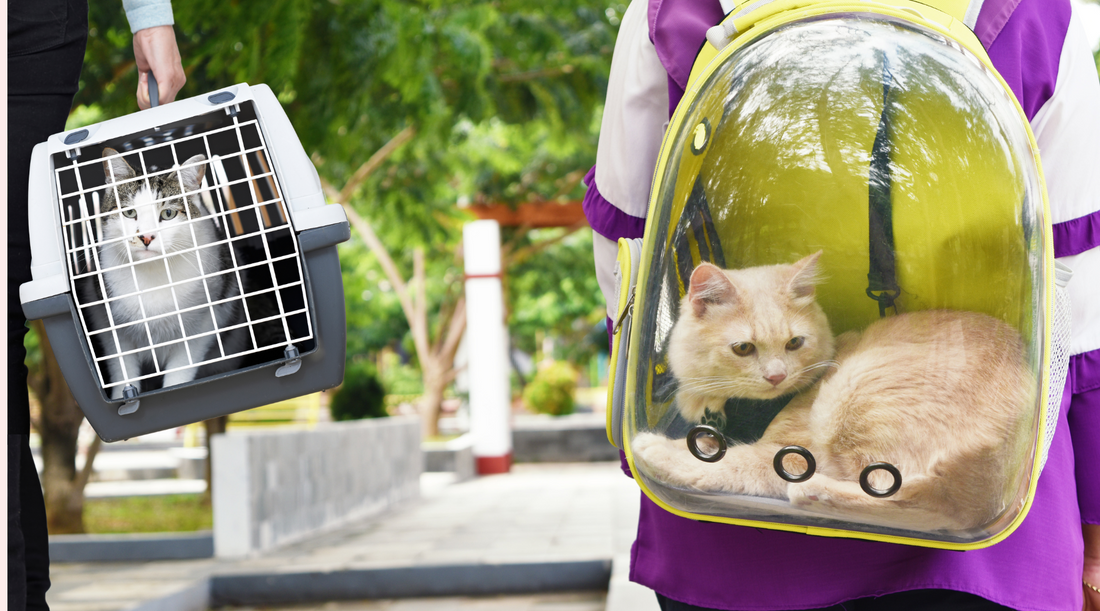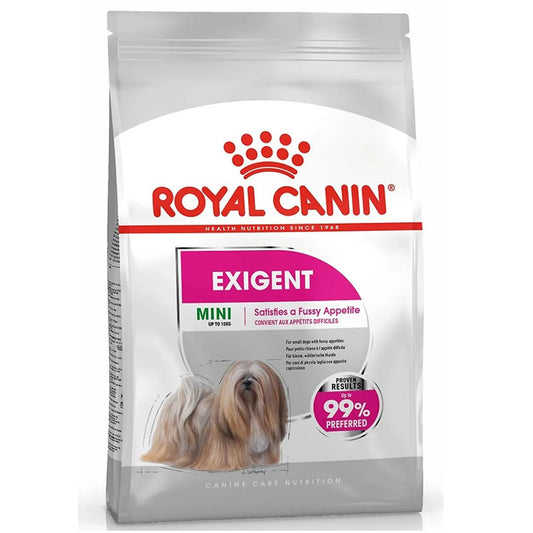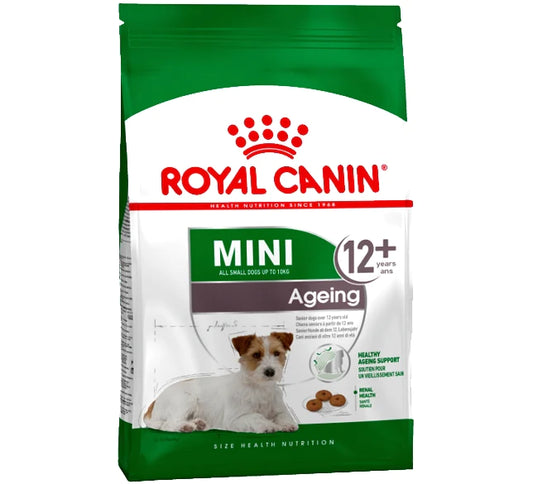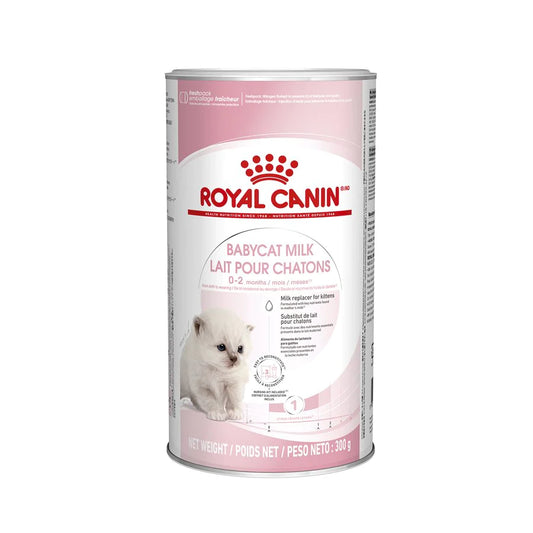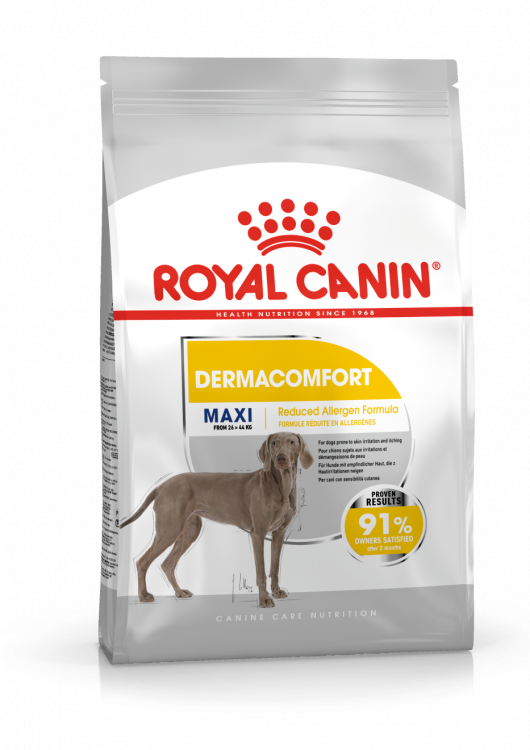Are you planning a trip with your furry friend? Or maybe just need a reliable carrier for vet visits? Well, you're in luck because today we're diving into the world of cat carriers from three top brands, Vetreska, MPS2, and Catit. We're about to make traveling with your pet a breeze!
|
Table Of Content 1.Why does a good cat Carrier matter? 2. How to choose the right cat carrier? 3. Top brand recommendations for cat Carriers 4. Debunk Myths surrounding cat carrier 5. FAQs |
Why Does a Good cat Carrier Matters?
Before we get into the specifics of these cat Carriers, let's quickly chat about why having a quality pet carrier is so important.
Whether you're traveling by car, plane, or simply taking a trip to the vet, your cat's safety and comfort should be top priority. A well-designed carrier not only keeps your pet secure but also reduces stress and anxiety during travel.

How to choose the right cat carrier?
Here's what to keep in mind to find the perfect cat carrier:
1. Consider Your cat's Size and Weight:
Ensure the carrier is spacious enough for your pet to stand, turn around, and lie down comfortably. Check the weight limit of the carrier to ensure it can safely accommodate your pet's weight.
2. Evaluate Your Travel Needs:
Determine the type of travel you'll be doing (e.g., car rides, air travel, hiking) and choose a carrier that's suitable for the journey. Consider factors such as portability, durability, and ease of transport.
3. Choose the Right Type of Carrier:
Soft-Sided Carriers: Lightweight and flexible, ideal for short trips or casual outings.
Hard-Sided Carriers: Sturdy and durable, suitable for air travel or longer journeys.
Backpack Carriers: Hands-free option for outdoor adventures or hiking with your pet.
Rolling Carriers: Convenient for navigating busy environments like airports or train stations.
4. Prioritize Safety Features:
Look for carriers with secure closures, such as zippers or latches, to prevent your pet from escaping.
Ensure proper ventilation to keep your cat comfortable and prevent overheating.
Check for padded interiors or removable bedding to provide a cozy and comfortable environment for your cat.
5. Test the Carrier:
Allow your cat to explore the carrier at home before traveling to help them acclimate to the new environment.
Gradually increase the amount of time your pet spends in the carrier to help them feel more comfortable and relaxed.

Now, let's check out some top brands:
Give your pet the opportunity to explore the world in style with Vetreska.
- Vetreska’s Bubble Pet Carrier offers a unique and stylish way for your pet to travel.
- Bubble Pet Carrier is designed for pet comfort with large ventilation holes and a soft mat.
- If your pet is shy you can also opt for our color block version instead, which includes an opaque privacy sticker to turn this crystal-clear lookout into a cozy nook.
- MPS2 is one such brand that offers a diverse range of pet carriers designed to meet yours and your furry companions needs.
- With the new MPS2's P-bag to be used as a comfortable travel bag.With a double opening transparent door and a comfortable shoulder strap makes this carrier a fashionable accessory to use on any travel occasion to take our little friend anywhere!
- Let's talk about the Catit Cabrio – the ultimate cat carrier for stress-free travel. It's safe, comfy, and practical, with features like a built-in seatbelt, removable diner, and skid-resistant floor.
- Plus, it doubles as a cozy cat home or bed when not in use. In short, it's the purr-fect way to travel with your feline friend!

We now get onto debunk some myths surrounding pet carriers:
Carriers Are Only for Travel: While pet carriers are commonly used for travel, they can also serve as safe and comfortable spaces for cats at home. Carriers can be used as cozy beds, quiet retreats, or safe havens during stressful situations like thunderstorms or fireworks.
Pets Will Eventually Outgrow Their Carrier: While cats may grow larger over time, it's important to choose a carrier that fits your pet's current size and weight. Consider investing in a larger carrier as your cat grows or opt for a carrier with adjustable features.
Carriers Are Cruel or Stressful for cat: While some cats may initially feel anxious or stressed when placed in a carrier, proper training and positive reinforcement can help them associate the carrier with safety and security. Providing familiar bedding, toys, and treats can also help alleviate stress during travel or vet visits.
Still got questions? Here are some FAQs to help you out:
How to Choose the Right Size cat Carrier?
Choose a carrier that provides enough space for their pet to stand, turn around, and lie down comfortably. It is advised to measure the pet to ensure a proper fit.
What Features Should I Look for in a cat Carrier?
Features to consider when choosing a pet carrier, such as ventilation, safety closures, durability, and portability.
How to Introduce My cat to a Carrier?
Make it a comfortable and familiar space, especially if your cat is anxious or resistant to being in a carrier.
Can I Use a cat Carrier for Air Travel?
Search for information on airline-approved pet carriers, including size and weight restrictions, as well as requirements for ventilation, labeling, and securing the carrier during air travel.
How to Clean and Maintain a Pet Carrier?
The best practices for cleaning and sanitizing the carriers to keep them hygienic and odor-free, as well as how to store them properly when not in use.
In conclusion, selecting the right pet carrier is essential for ensuring your furry friend's safety and comfort during travel or vet visits. By considering factors like size, comfort, and safety features, pet owners can make informed choices to provide their pets with a stress-free experience. Whether it's a road trip, a flight, or a quick visit to the vet, choosing the right pet carrier ensures that pets can travel comfortably. Happy Adventure!

